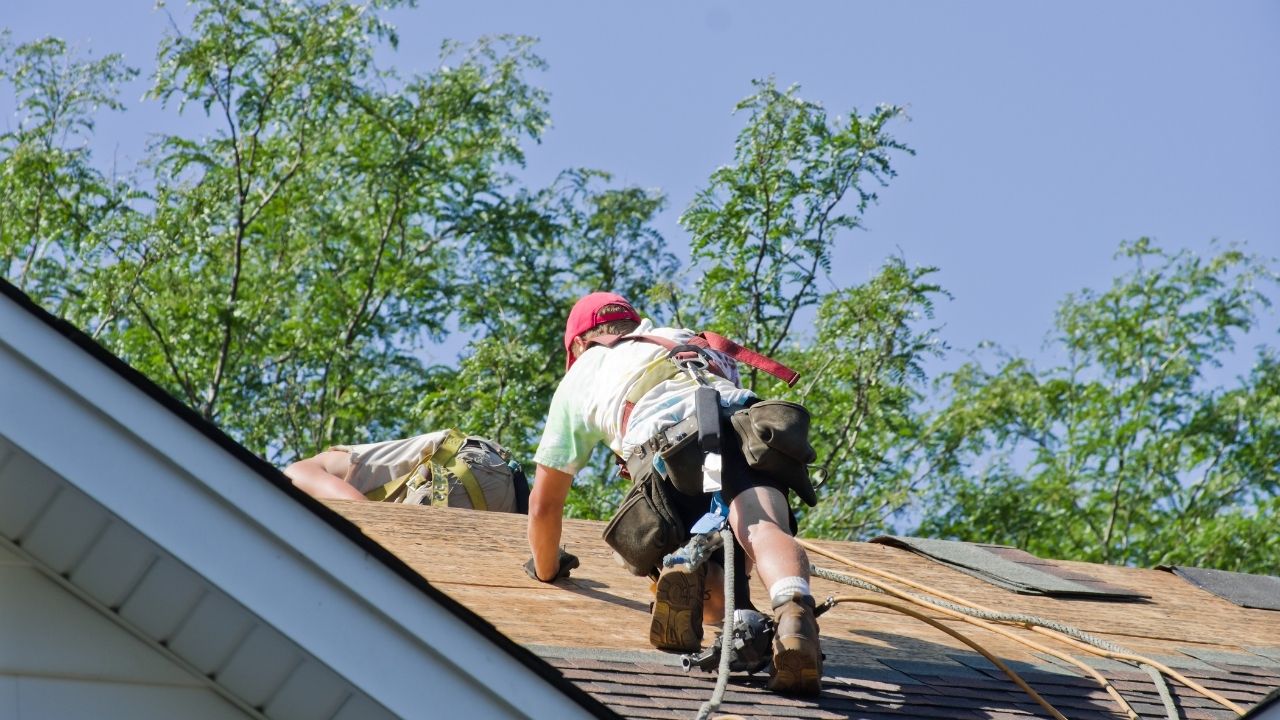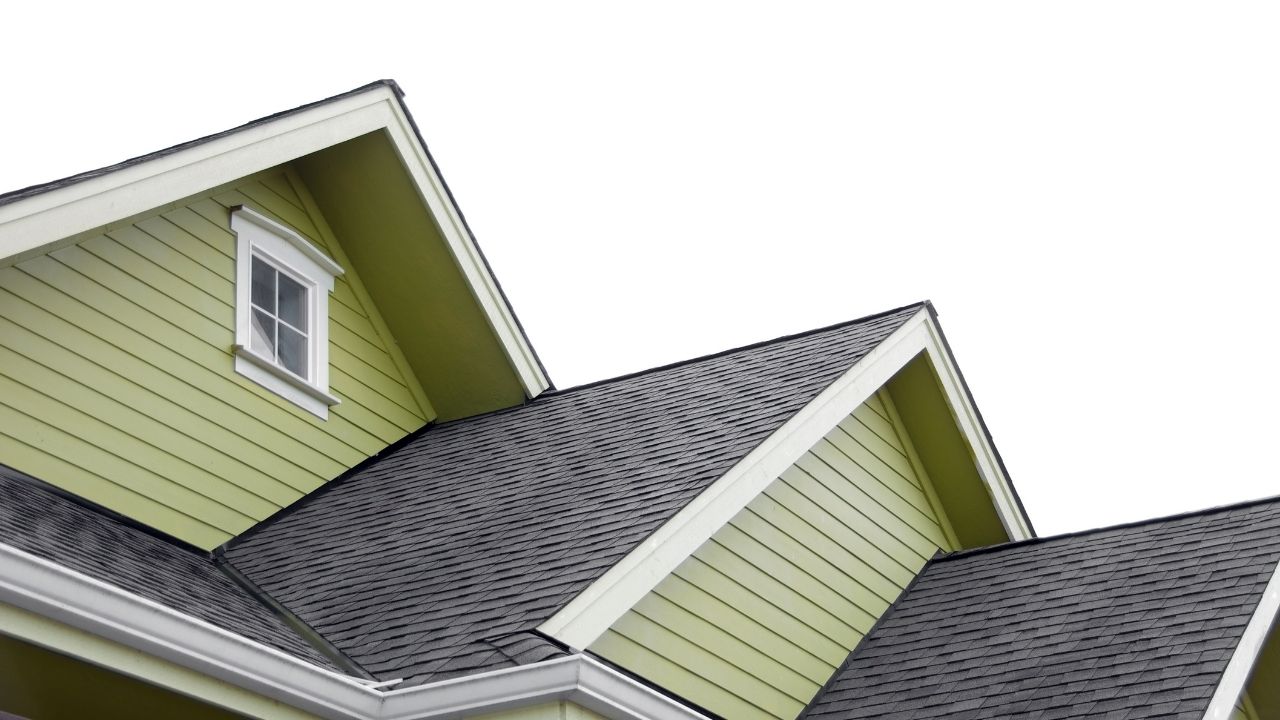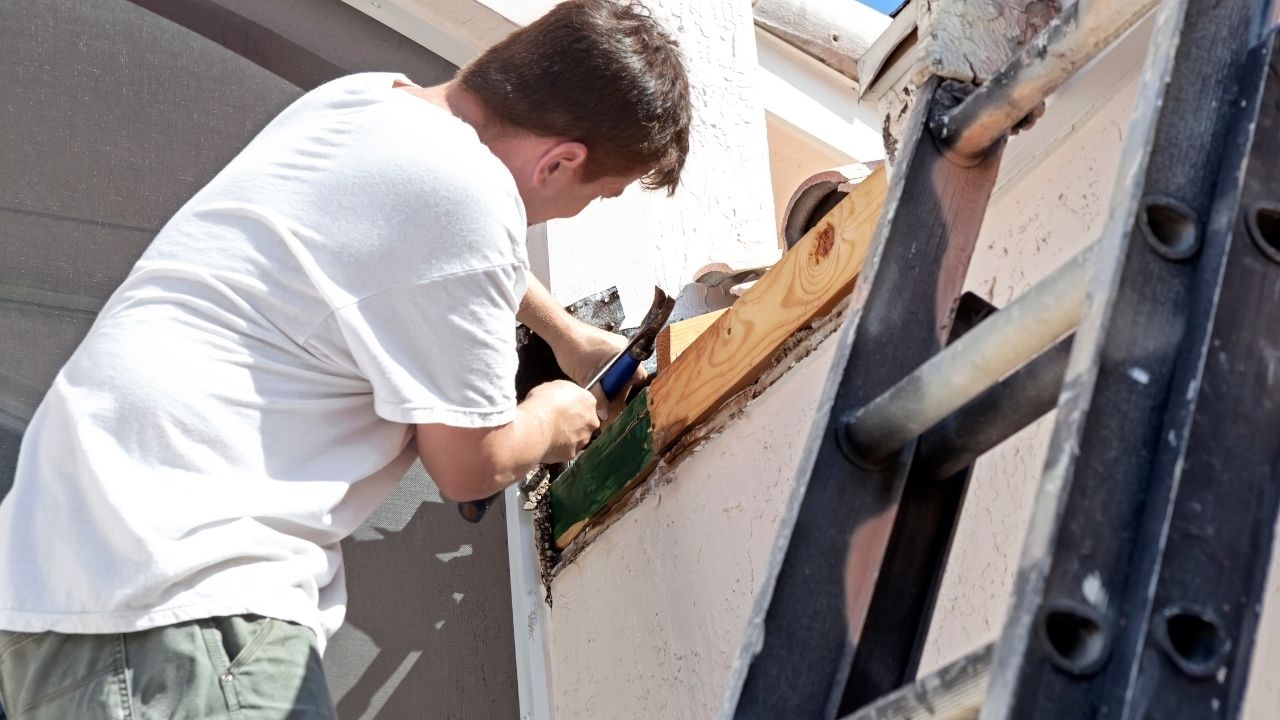
Fiberglass felts are made of cellulose fibers, which have been infused with bitumen or asphalt. These materials are extremely resistant to tearing and can withstand harsh weather conditions. Some asphalt-impregnated fiberglass fels can outperform conventional materials. This makes them the best roofing material for many applications. There are also some drawbacks to fiberglass fels. This article will highlight some of its benefits and drawbacks.
Fiberglass-reinforced shingles are an ideal choice for repairing and maintaining roofs. They are resistant to fire and resist curling/pulling away from fasteners. Many manufacturers offer this material in their Total Protection Roofing System. Although it is more costly than organic shingles this roofing material is still worth it. It's the ideal choice for those who are worried about leaking, but don’t want to risk damage.

A superior roofing felt is heavier, but it will last longer and be safer to use. It is available in sheets larger than 36 inches, and it is more durable than fiberglass roofing sheets. This material is more expensive than fiberglass roofing sheets, but it will save you money and eliminate the need to sew seams. Additionally, some rolls have a line printed on them, making overlapping the sheets easier and straighter. These features make it an excellent choice in roofing projects.
A 30-pound fiberglass felt measures 72 feet in length and 3 feet wide. Two squares are included on each roll. Each one weighs approximately 30 lbs. The performance of fiberglass felts can either be determined by ASTM D226 (or D4897) requirements. Asphalt-impregnated felts work best on low-slope roofs where moisture can escape.
Fiberglass-impregnated felts are made from asphalt-impregnated fiberglass. Perforated felts allow water to drain off the roof. Waterproof is a saturated type. This material is ideal if you have concerns about mold or rot. A felt is more replaceable than fibreglass. It's also less expensive than fibreglass. A 30 pound roll can last approximately 10 year.

A fiberglass-impregnated felt is recommended for composite asphalt shingle roofs. However, it should be avoided on wood-shingle roofing. It will prevent air circulation. Water will also collect which will affect the life of wood-shingles. A shingle roof does not need an underlayment, despite what the manufacturers claim. If you are not sure about the differences, consult a roofing professional. It is important to select a reliable supplier and follow manufacturer's instructions.
There are several advantages to using a fiberglass-fiberglass blend. The roof will be protected from dust accumulation by using a high-quality blend felt. It is more economical than 100% aramid or pps felt. And it is resistant to fire and ultraviolet degradation. It also lasts longer, is stronger, and lasts for longer. In addition, it is easier to install than traditional asphalt-fiberglass-felt roofs. Its flexible and malleable composition makes it an excellent choice for steep-slope roofing applications.
FAQ
How do you renovate a house with no money?
The following steps should be taken when renovating a house without any money:
-
Create a budget plan
-
Find out what materials are required
-
Pick a place for them
-
Make a list with the items you need to purchase
-
Determine how much money you have
-
Plan your renovation project
-
Start to work on your plans
-
Online research is a good idea.
-
Ask friends and family to help
-
Get creative
How much does it set you back to renovate your house?
Renovations can cost from $5,000 to $50,000. Most homeowners spend around $10,000 to $20,000 on renovations.
Should I hire an architect or builder?
It may be simpler to hire someone to help you renovate your home. But if your goal is to buy a house, hiring an architect/builder will ensure that you get the home you desire.
Are there permits needed to renovate my house
Permits are required before you can start any home improvement project. In most cases, you will need both a plumbing and building permit. A zoning permit may be required depending on what type of construction you are doing.
Statistics
- A final payment of, say, 5% to 10% will be due when the space is livable and usable (your contract probably will say "substantial completion"). (kiplinger.com)
- ‘The potential added value of a loft conversion, which could create an extra bedroom and ensuite, could be as much as 20 per cent and 15 per cent for a garage conversion.' (realhomes.com)
- Design-builders may ask for a down payment of up to 25% or 33% of the job cost, says the NARI. (kiplinger.com)
- The average fixed rate for a home-equity loan was recently 5.27%, and the average variable rate for a HELOC was 5.49%, according to Bankrate.com. (kiplinger.com)
- It is advisable, however, to have a contingency of 10–20 per cent to allow for the unexpected expenses that can arise when renovating older homes. (realhomes.com)
External Links
How To
Five Things You Must Know Before Starting Your Home Renovation
-
This is a big undertaking. You will need help if you are going to embark on a major home improvement project such as renovating your bathroom, kitchen, or building a new house. You might reconsider if you're not confident enough to handle such a huge task on your own. It could take up a lot of your time and money, and you won't get any real benefits from it. Hire someone who knows the ropes to help you. They'll save you a lot of hassle and stress, and you'll still end up with a beautiful space to live in.
-
What amount should I spend on a renovation project? This is a common question, but it can make renovations more expensive. This is because most of the cost will be recouped at the end. If you have a budget in place, stick with it. You could wind up spending a lot and not getting any return.
-
Do I prefer to hire professionals or DIY? - There's no right or wrong answer here, but we'd recommend hiring professional tradespeople if you can afford them. You can trust them to provide you with advice and guidance on how to proceed with your job. They will install the plumbing correctly, take care of safety, and offer a guarantee after they have finished their work. DIY projects require lots of trial and errors, which can mean you'll have many lessons to learn. There will be many problems along the way.
-
Can I afford it? - Don’t underestimate the cost associated with a home renovation. Even if your budget is tight, you may need to borrow money to cover costs. If you are planning on selling your existing property soon after finishing the renovations, it is important to include the cost of selling it in your calculations.
-
Which place should I start? There's no right or incorrect place when it comes down to where to start. We suggest you choose something you like to do. If you enjoy what you do, you will be more motivated to continue working and less likely procrastinate. Avoid areas that require constant maintenance. You shouldn't redecorate your living space if you are constantly cleaning up dirt and dust.